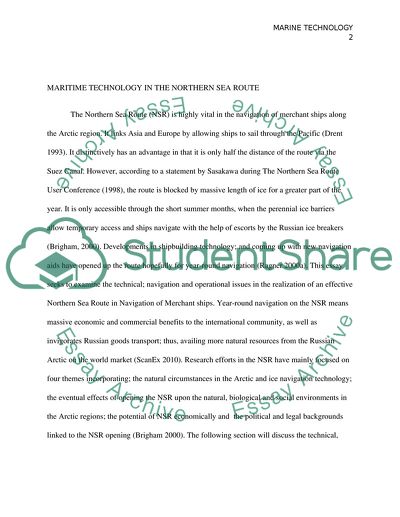Cite this document
(Operating Companies in the Navigation of Merchants Ships along the Coursework, n.d.)
Operating Companies in the Navigation of Merchants Ships along the Coursework. Retrieved from https://studentshare.org/technology/1585874-maritime-technology
Operating Companies in the Navigation of Merchants Ships along the Coursework. Retrieved from https://studentshare.org/technology/1585874-maritime-technology
(Operating Companies in the Navigation of Merchants Ships Along the Coursework)
Operating Companies in the Navigation of Merchants Ships Along the Coursework. https://studentshare.org/technology/1585874-maritime-technology.
Operating Companies in the Navigation of Merchants Ships Along the Coursework. https://studentshare.org/technology/1585874-maritime-technology.
“Operating Companies in the Navigation of Merchants Ships Along the Coursework”. https://studentshare.org/technology/1585874-maritime-technology.


